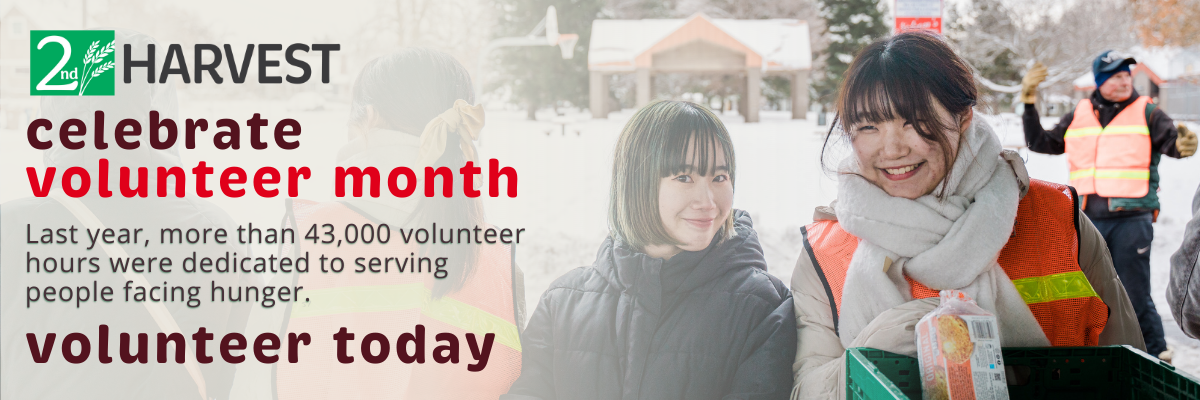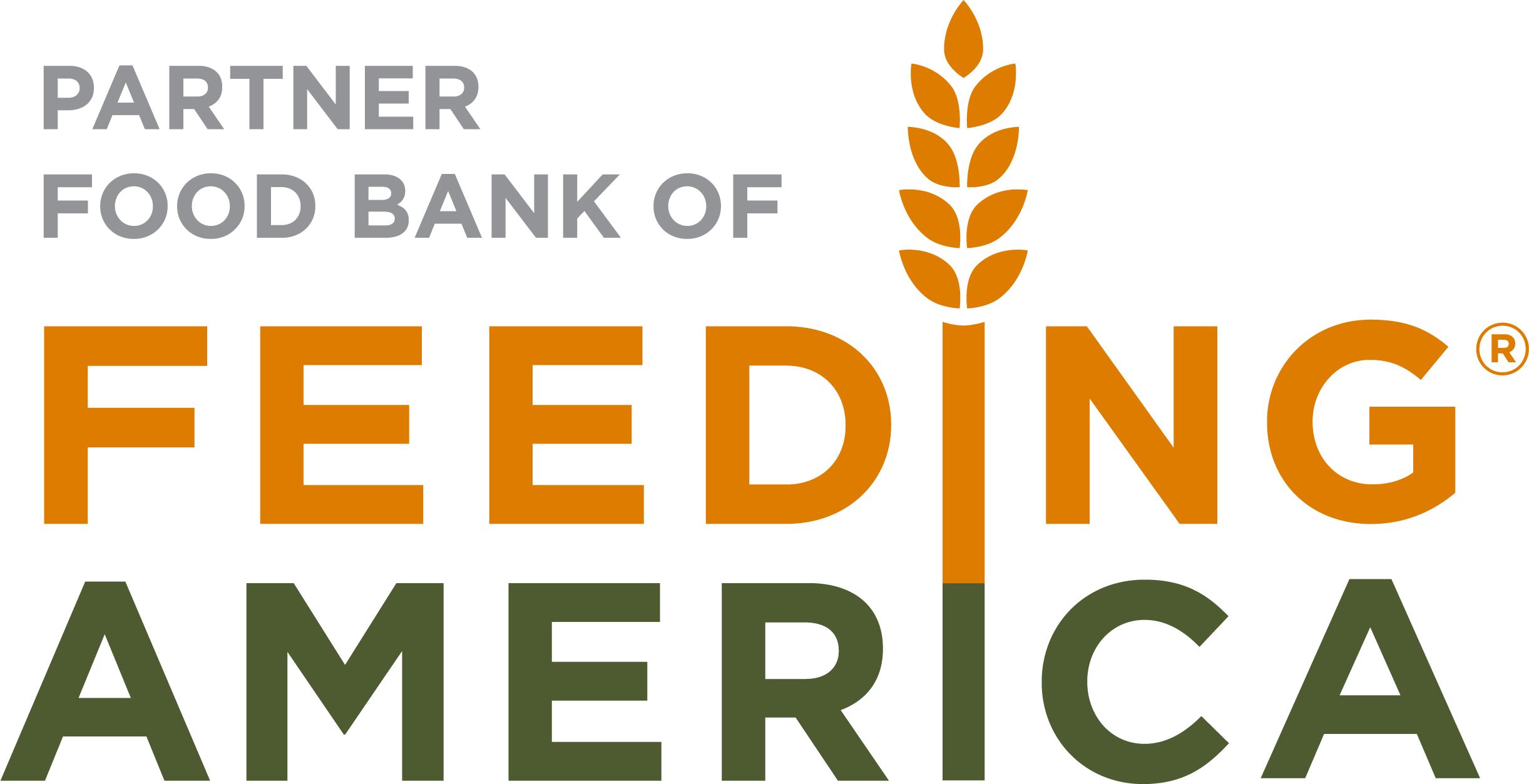Reducing Food Waste from Farm to Table – April 21
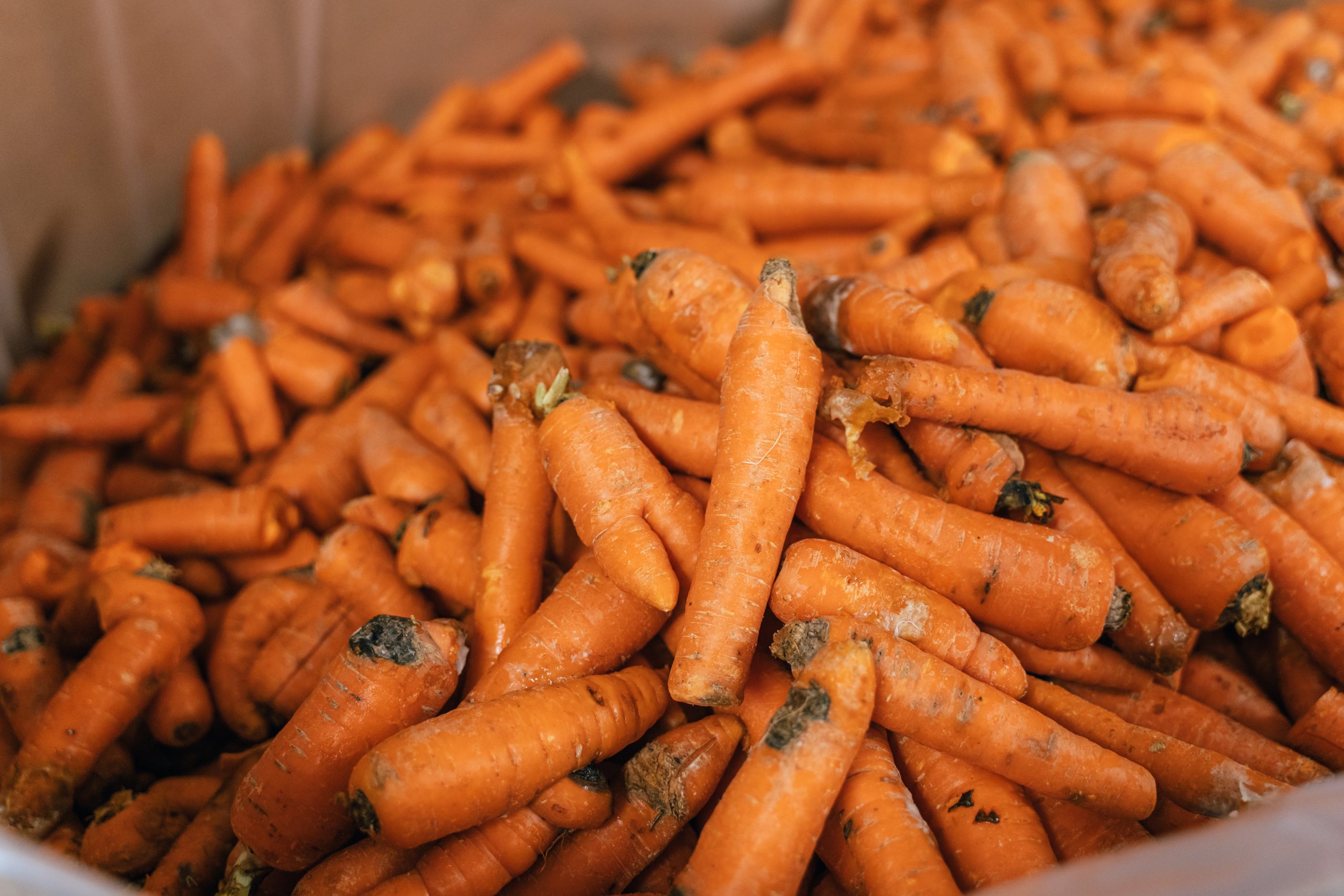
Author: Emily Menshew
According to a recent report from Washington State University and University of Washington, Spokane County leads Washington state in per capita food waste—averaging 170 pounds of wasted food per person annually. As highlighted in this story from KHQ, food waste not only raises an environmental concern, but an economic one. Many of the individuals and families served by Second Harvest simply can’t afford to throw away hundreds of pounds of food each year.
To serve more people facing hunger and reduce waste, Second Harvest’s Food Sourcing team works closely with farmers, producers and retailers to rescue nutritious food to share with neighbors in need.
About 25% of the food we source comes directly from farms and ranches. Second Harvest pays a small fee to reimburse the farmer for the cost of getting the food out of the field and onto a truck. This allows us to then distribute that food to people who are food insecure, rather than letting it go to waste.
We also rescue produce and other items from local grocery stores. This food is still perfectly edible, but it may not meet retail standards for a variety of reasons. It may be the wrong size or color but still has nutritional value. We offer this food a second home; making sure it gets to people experiencing hunger and stays out of landfills. In 2022, Second Harvest’s Grocery Rescue program brought in over 10 million pounds of food from 180 different store locations, making it our largest source of food donations.
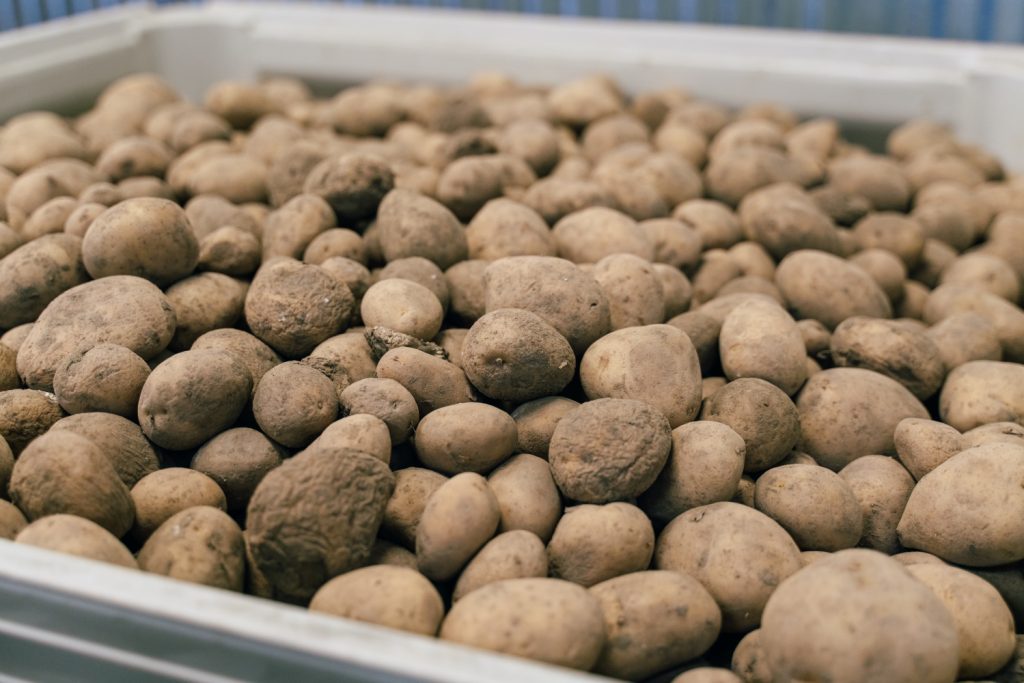 Fortunately, we serve an agriculturally-rich region, allowing us to receive a steady supply of fresh produce like apples, onions and potatoes from agriculture partners year-round. Second Harvest gets first dibs on local produce, then works through partnerships with Feeding America and Feeding the Northwest to move excess products to areas of need across the country. These partnerships also enable Second Harvest to secure foods like avocados and grapes from California, providing a greater variety of nutritious foods for people facing hunger throughout the Inland Northwest.
Fortunately, we serve an agriculturally-rich region, allowing us to receive a steady supply of fresh produce like apples, onions and potatoes from agriculture partners year-round. Second Harvest gets first dibs on local produce, then works through partnerships with Feeding America and Feeding the Northwest to move excess products to areas of need across the country. These partnerships also enable Second Harvest to secure foods like avocados and grapes from California, providing a greater variety of nutritious foods for people facing hunger throughout the Inland Northwest.
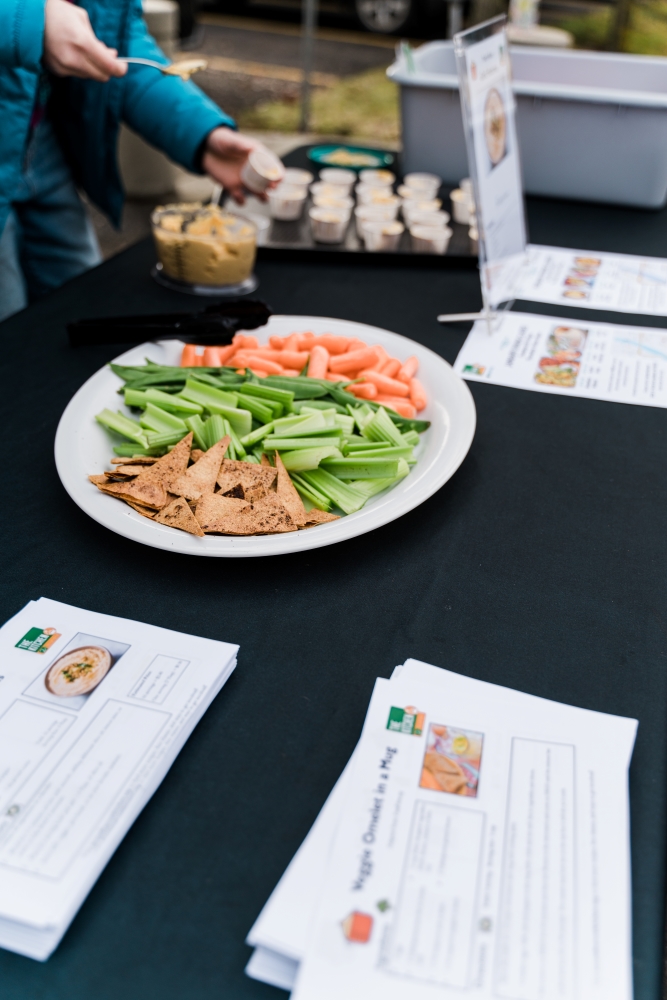 Given the nature of food sourcing at Second Harvest, it can be hard to predict what kinds of items will be available at any given point. Providing clients with nutrition education helps them become familiar with the food they receive, so they can reap the nutritional benefits before it spoils. In addition to offering free cooking classes at our teaching kitchen in Spokane, our nutrition educators work to provide samples and recipes to clients at Mobile Market food distributions and pantries within our agency network. Sampling helps to reduce food waste by making sure clients leave with a recipe they can prepare easily with some of the food they received that day.
Given the nature of food sourcing at Second Harvest, it can be hard to predict what kinds of items will be available at any given point. Providing clients with nutrition education helps them become familiar with the food they receive, so they can reap the nutritional benefits before it spoils. In addition to offering free cooking classes at our teaching kitchen in Spokane, our nutrition educators work to provide samples and recipes to clients at Mobile Market food distributions and pantries within our agency network. Sampling helps to reduce food waste by making sure clients leave with a recipe they can prepare easily with some of the food they received that day.
For a seasonal produce guide, recipes and info about our Nutrition Education program, please visit secondharvestkitchen.org.
To learn more about reducing household food waste, visit: ecology.wa.gov/Waste-Toxics/Reducing-recycling-waste/Waste-reduction-programs/Organic-materials/Food-waste-prevention

Feeding Eastern Washington and North Idaho
Copyright 2020 Second Harvest. All rights reserved.

